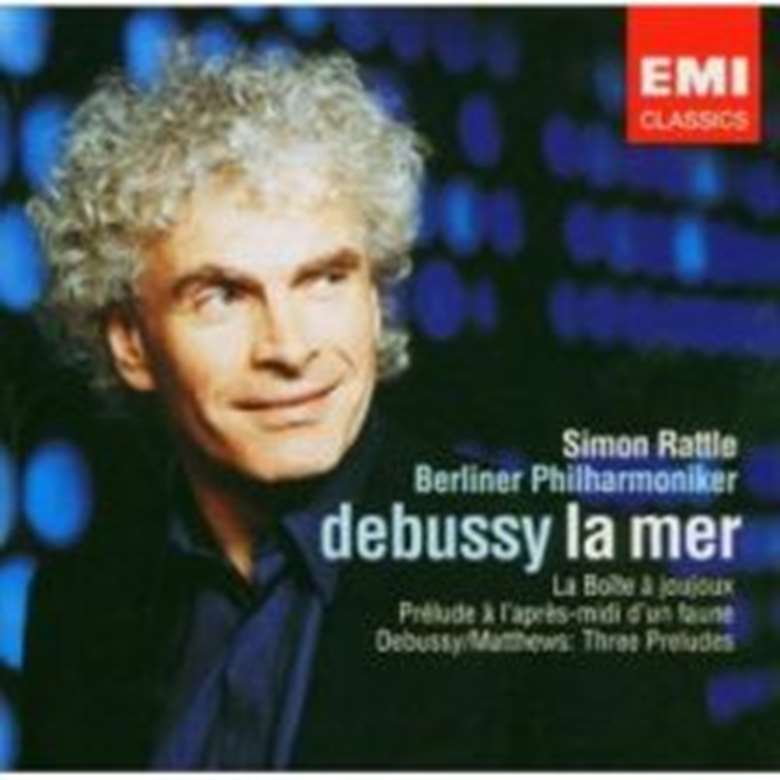Rattle and the Berlin Phil: Top 10 recordings
James McCarthy
Tuesday, March 3, 2015
To mark Sir Simon Rattle's appointment as Music Director of the London Symphony Orchestra, here are 10 of our favourite recordings from his tenure at the Berlin Philharmonic Orchestra

Register now to continue reading
Thanks for exploring the Gramophone website. Sign up for a free account today to enjoy the following benefits:
- Free access to 3 subscriber-only articles per month
- Unlimited access to our news, podcasts and awards pages
- Free weekly email newsletter








